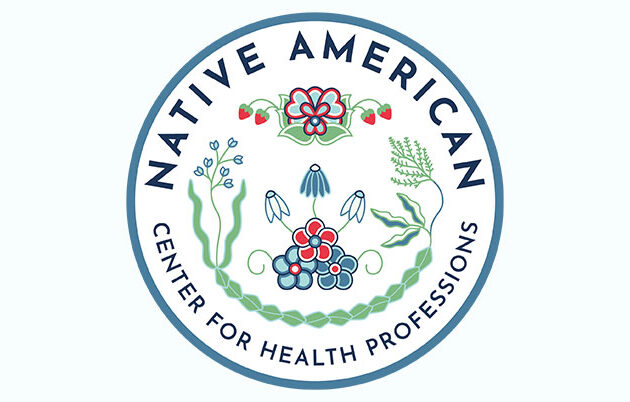A three-part, or waves, survey conducted by researchers with the Survey of the Health of Wisconsin, abbreviated SHOW, polled people throughout Wisconsin asking them about their drinking habits during the pandemic. The three waves took place May through June 2020, January to February 2021 and in June 2021, with between 1,400 and 1,900 respondents in each survey.
Researchers noted that the people who increased drinking the most were adults ages 21 to 40 years old, especially those with a bachelor’s degree or greater, those in the highest income group, and those who reported working remotely due to COVID-19, according to Amy Schultz, a scientist with the Department of Population Health Sciences and the associate director and co-principal investigator of SHOW.
“It is difficult to know exactly why, but many things changed during the pandemic. Many individuals were dealing with multiple stressors of work, caring for children and families and the added anxiety from the COVID-19 pandemic,” she said. “The shift to remote work and social distancing often meant fewer social outlets.”
People with children younger than 18 were the most likely population to drink more during the COVID pandemic, with 21% and 35% reporting drinking more compared to 13% to 18% by people with no children younger than 18.
People with a bachelor’s degree or greater were also more likely to report increased drinking during the pandemic. In this population, 19% to 28% reported drinking more compared to 13% to 15% of people with a high school diploma equivalent or less during the same time points.
Overall, drinking in Wisconsin rose for a significant portion of the survey participants during the pandemic, but the trends changed over time with drinking rates highest in the first wave and declining in subsequent periods. In the first wave, 23.2% reported higher alcohol consumption in the last 60 days compared to their pre-pandemic drinking habits. In the second wave, 18.8% of participants reported higher alcohol consumption compared to July 1, 2020, and in the third wave, 15.3% of participants reported higher alcohol consumption compared to Feb. 1, 2021.
The study indicates that in some populations, ongoing heavy drinking behaviors were further intensified, according to Schultz.
“Wisconsin is already known for excessive drinking behaviors and the pandemic appears to have exacerbated that in some groups, based on what people reported in the survey,” she said. “While we don’t know exactly how much these drinking trends match other trends in substance use for these individuals, thankfully, it appears that after about 18 months, the trends in increased alcohol consumption were reversing. It is concerning though that more than 15% of survey respondents in each wave reported drinking more than before the pandemic.”

